There’s a fine line between diligent skincare and dependency, one that the beauty industry often blurs with clever marketing. By constantly introducing new products, driven by science, and encouraging multi-step routines the industry drives an insatiable need for ‘more’. There’s what you should be doing at home – 6 to 12 steps and no less – to the constant rotation of appointments at aestheticians, facialists and so on. Exclusive ‘must-haves,’ and intricate product layering fuel the promise of perfection, and somehow leave many of us constantly feeling as though our current routine is always incomplete. Rather than promoting balance, these practices reinforce a cycle of dependency, in which skincare can become less about care and more about keeping up with an ever-evolving standard.
As evidenced by the ‘Sephora Tween’ phenomena, the age at which this is occurring is becoming younger and younger; with Parija Kavilanz writing for CNN that, “tweens are obsessed with skincare. Their curiosity for all kinds of creams, gels, face masks and facial peels has even earned them a viral moniker: “Sephora Kids,’ and skincare experts are applauding the fact that kids as young as eight years old appear to be invested in taking care of their skin. The evidence is all over social media. At the same time, they’re concerned these young consumers are going about it in a risky way – from what they are buying to where they are buying it – and causing unnecessary damage such as rashes, allergic reactions and even skin burns.”
Can’t a girl just have a childhood, free of the onslaught of self-perception?
A few months ago, I sought out my darling friend and founder of skincare studio Edra, Liana Colvin, to help me with the weight of choice and lack of direction I felt with my skin. I had been told by a few specialists that I had what appeared to be mild rosacea – a chronic skin condition that primarily affects the face, characterised by redness, visible blood vessels – which I’d always put down to being a redhead with a natural ‘red’ undertone. Liana has been on her own journey to heal years-long, debilitating acne and found herself, too, overwhelmed and lacking actual help available. She has developed Edra as a resource and service that cuts through the noise and strips away the pretens around skincare and while not intended as medical advice, Liana’s help with a few adjustments to my products and routine, has been some of the most help I’ve had in years with my skin. “In my opinion, skincare solutions don’t begin with getting the most expensive or newest products,” Liana says, “in fact, I usually suggest people cut down on products. If your skin is inflamed or breaking out, adding too many products will likely aggravate it more. Sometimes, it’s just a few ingredients your skin doesn’t like, but often there’s a deeper issue. If your skin is a ‘problem,’ it’s giving you information about what’s happening in your body. It’s asking you to take a look at your mental, physical, and emotional wellbeing.”
In a culture of excess, even wellness is not immune, as the wellness industry has spawned its own medicalized term: ‘orthorexia’, which describes an obsession with health and wellness that can lead to disorder. I asked Liana about how she has approached finding healthy boundaries in her journey to transform her skin and her relationship with it, to which Liana says, “for me, the journey to healthier skin began with looking inward. I had an unhealthy relationship with myself, food, and exercise—I was so out of touch with what my body was asking for, jumping from one fad to the next, like kale and running (which I actually hate). I’ve learned to trust my gut; my body intuitively knows what it needs, and since I started listening, a lot has improved. You don’t need the trendiest products—just a few essentials, like an antioxidant, sunscreen, and retinoid. You don’t need the most expensive oil or cleanser, just ones with balanced pH that avoid harsh fillers and sulphates.”
Recent films like The Substance, featuring Demi Moore and Margaret Qualley, portray deeply problematic issues surrounding ageing and beauty standards in Hollywood—standards that, as we’ve seen with the ‘Kardashian era,’ quickly permeate the wider culture. The story follows Elisabeth Sparkle, who, on her 50th birthday, is abruptly dismissed from her long-running aerobics show due to her age. Following a car accident, she encounters a black market serum called ‘The Substance,’ which allows her to transfer her consciousness into a younger version of herself, leading to relentless and horrifying consequences.
As Bee Beardsworth discussed in her piece for Dazed titled ‘We Are Entering the Undetectable Era of Beauty,’ the recent comeback of Christina Aguilera, with seemingly 20 years shave off her physical age, demonstrates a shift that we are entering even more unchartered territory with beauty. As it turns out, many of these supposed procedures are skincare related — with Bee writing that, “Responsible for this move towards work becoming “undetectable”, Dr Trapathi explains, is a shift of focus towards skincare, with cutting-edge procedures like growth factors revolutionising the technology. “Growth factors used to be something we would get from our patient’s blood, but now we’re able to source them from things like bone marrow, umbilical cords, and are even bioengineering them in the lab. These treatments can dramatically improve the ageing process of the skin. It’s taking the aesthetic skin world to an entirely new level.” Dr Trapathi says that his assumption is that, rather than going under the knife, everyone in Hollywood is getting continuous skin treatments. “These skin boosters, skin treatments, growth factors, all of that stuff, they’re just readily available at their fingertips with little downtime.”
It will be harder and harder to find balance as we quantum-leap in advancements; and who’s to say this is even a bad thing? We are at the precipice of great change as a species, with some people even proposing that we will start to live much longer as a result of our scientific and technological revolution. The point is that we’re aware of the relationship of our actions and behaviours in relation to ourselves; does our skin care routine amplify our everyday experience and are we making safe choices? Do our skin appointments truly help us? Only we can determine that for each of ourselves — and if you ever get irritated with the ceaseless pull of the skincare industry, just know that you’re not alone. As Liana points out, “I truly believe this hyper-focus on our appearance creates a void designed to never be filled. Don’t try to fill it. Focus instead on connecting to your lifeforce—your body, your mind, and your connections with others. There are far more important things in life than what we look like. Healthy skin is necessary, and it can tell us a lot about our health, sometimes even indicating underlying chronic issues. But the industry has taken something valuable and turned it into a new unhealthy obsession.”
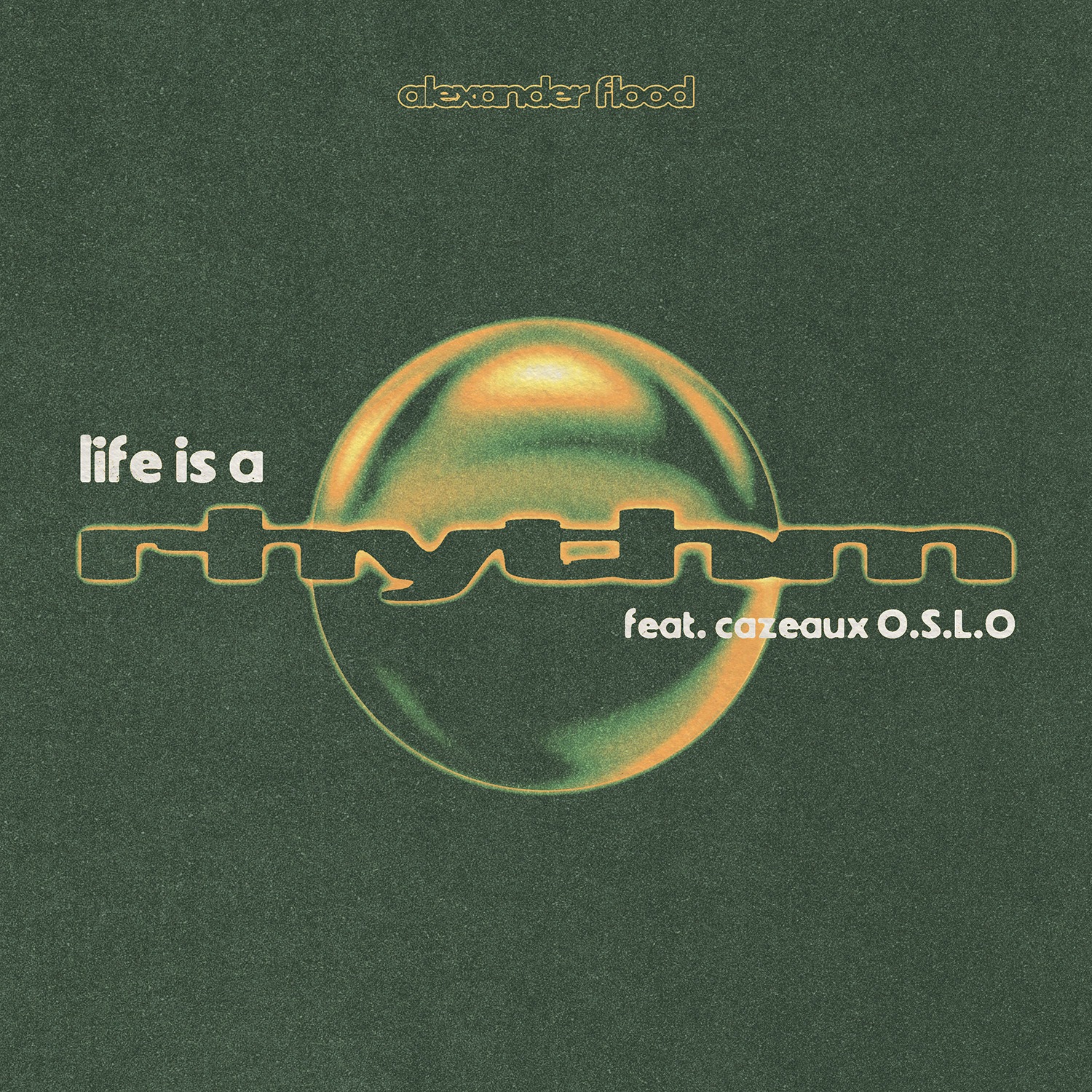


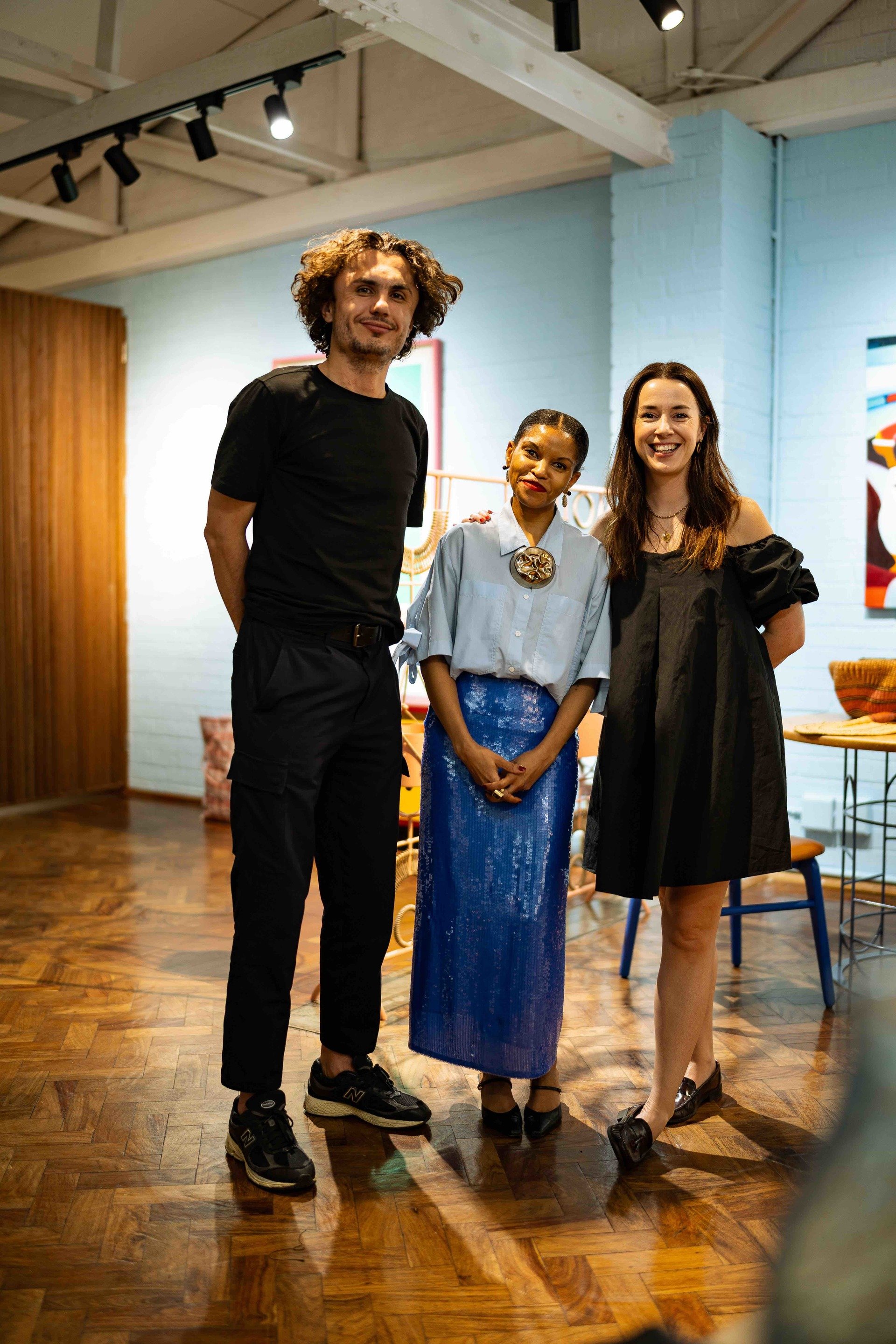
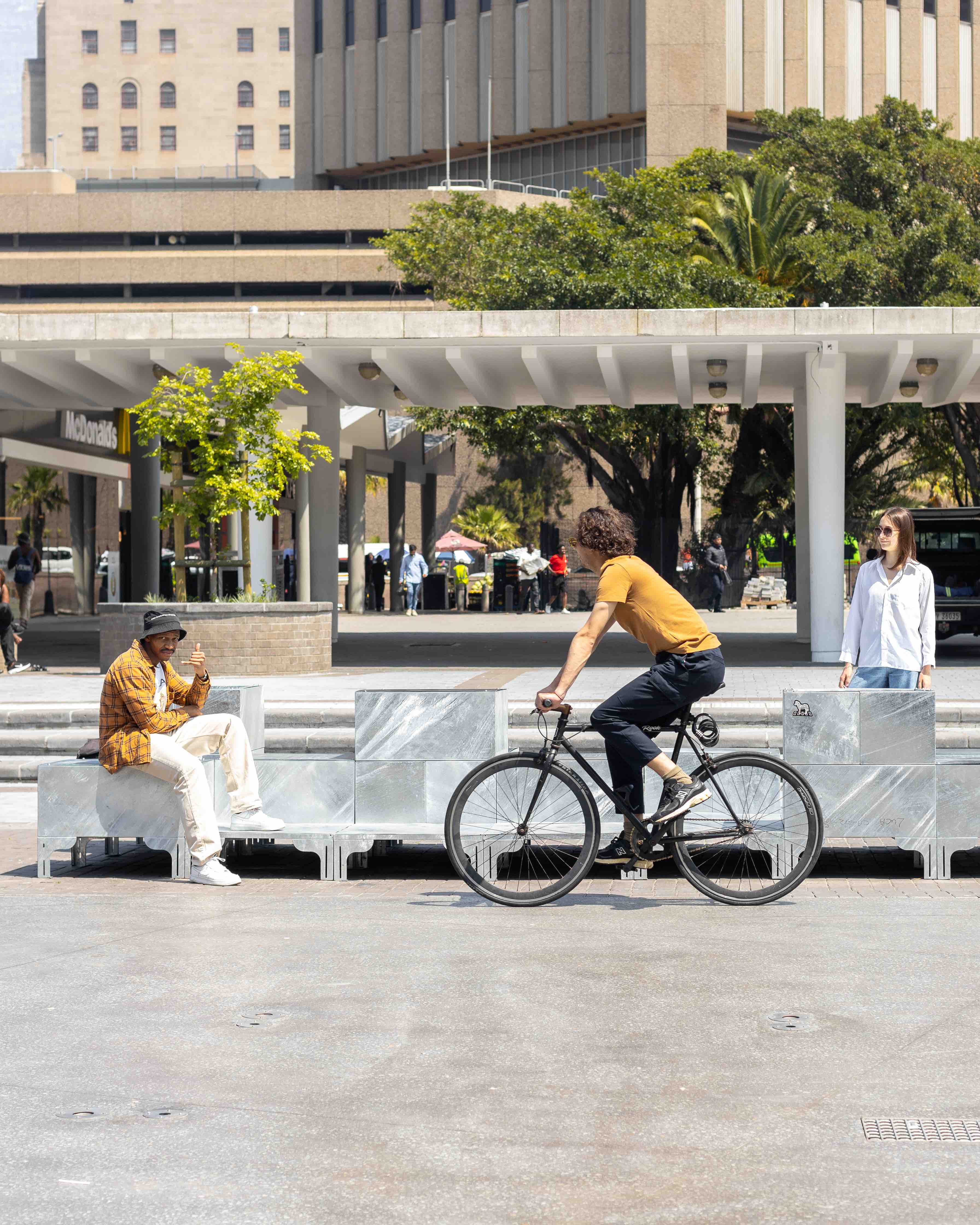


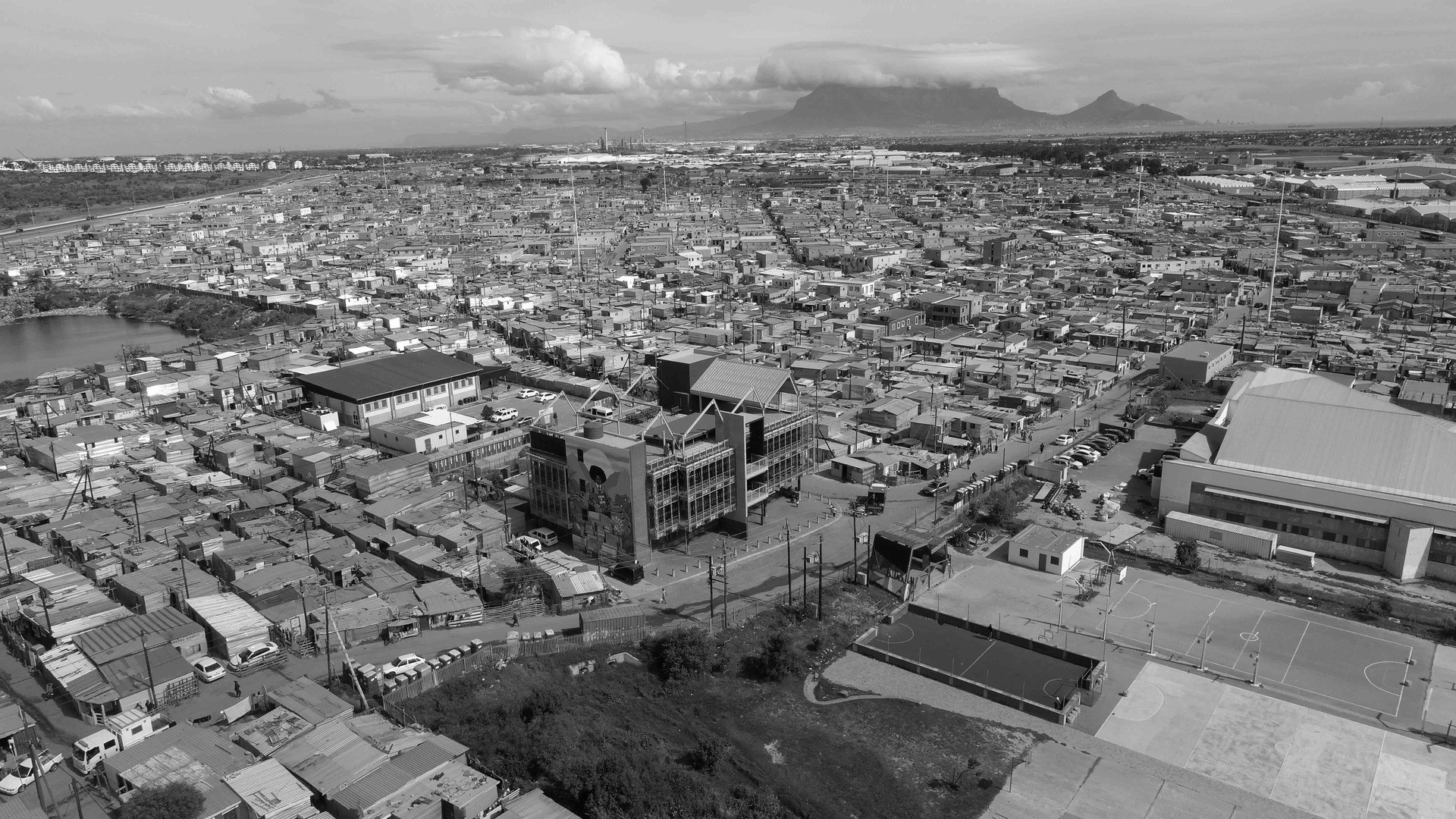
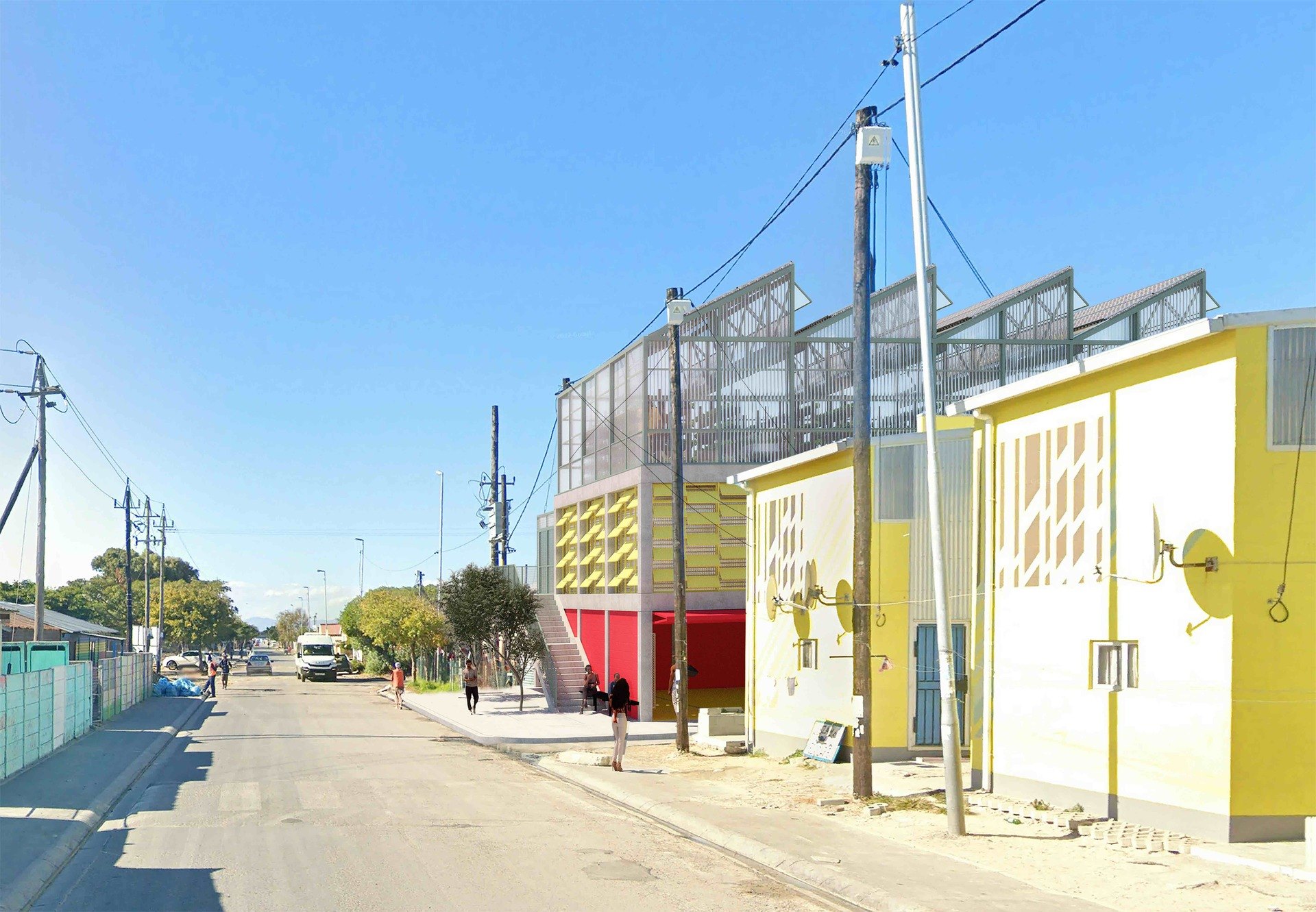
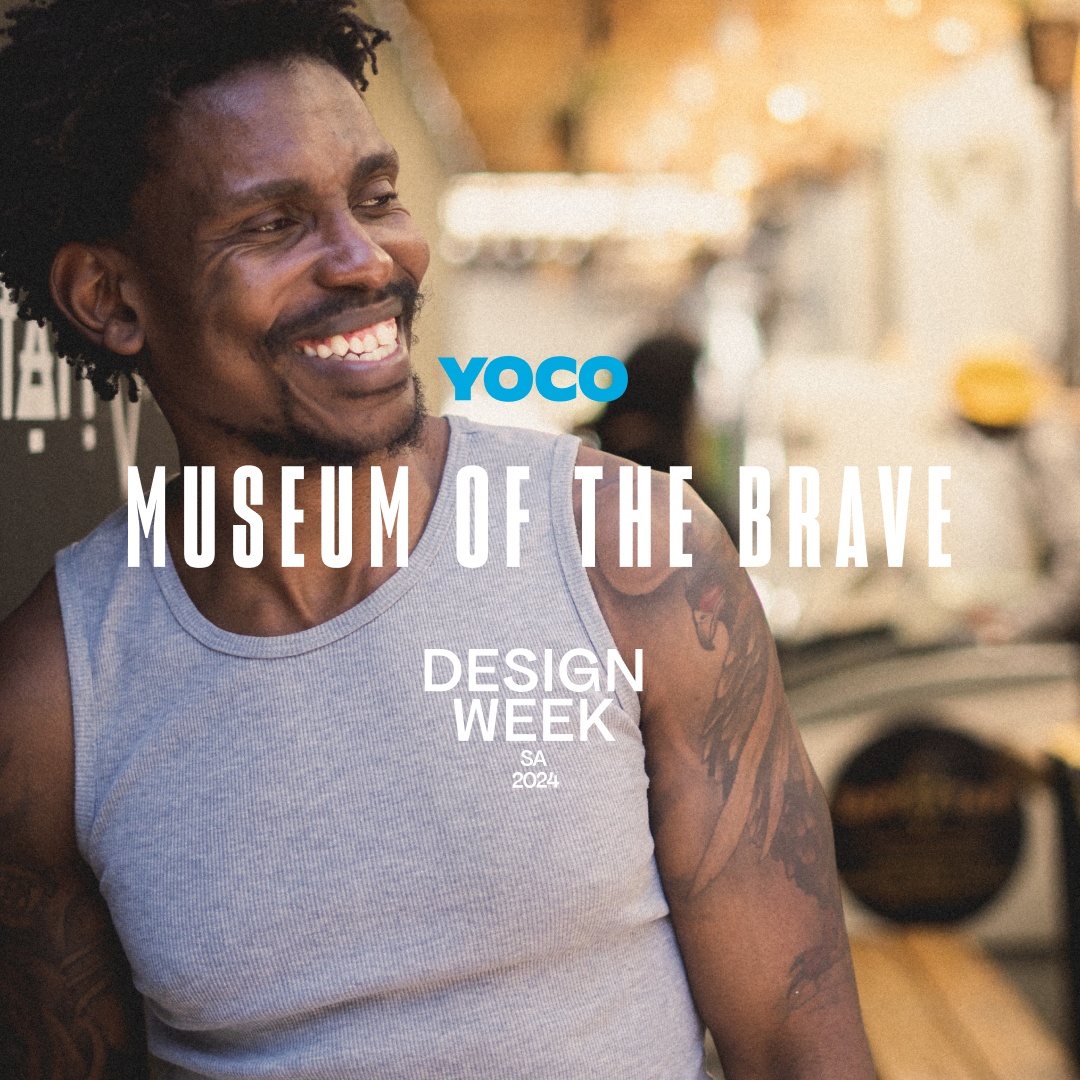

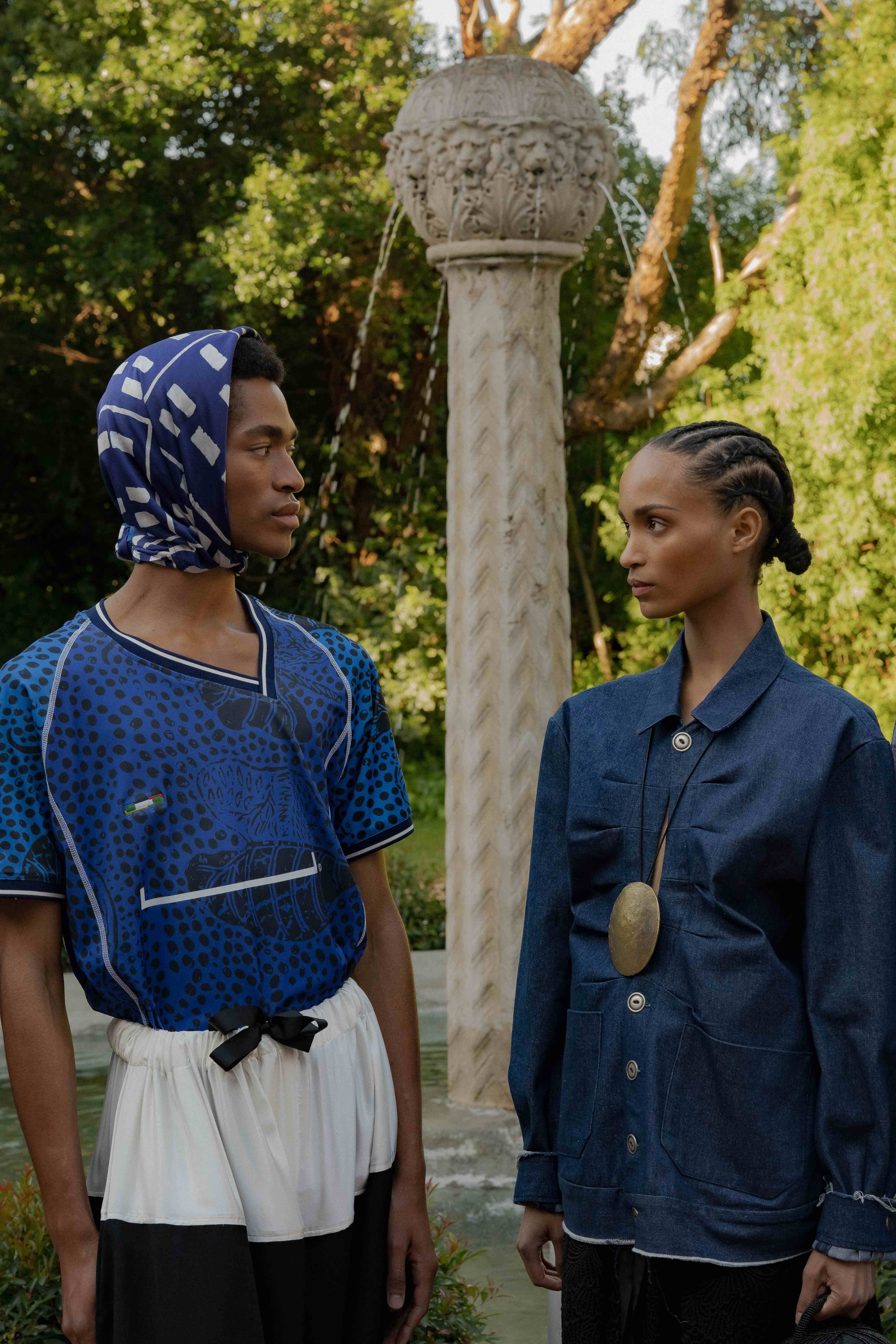
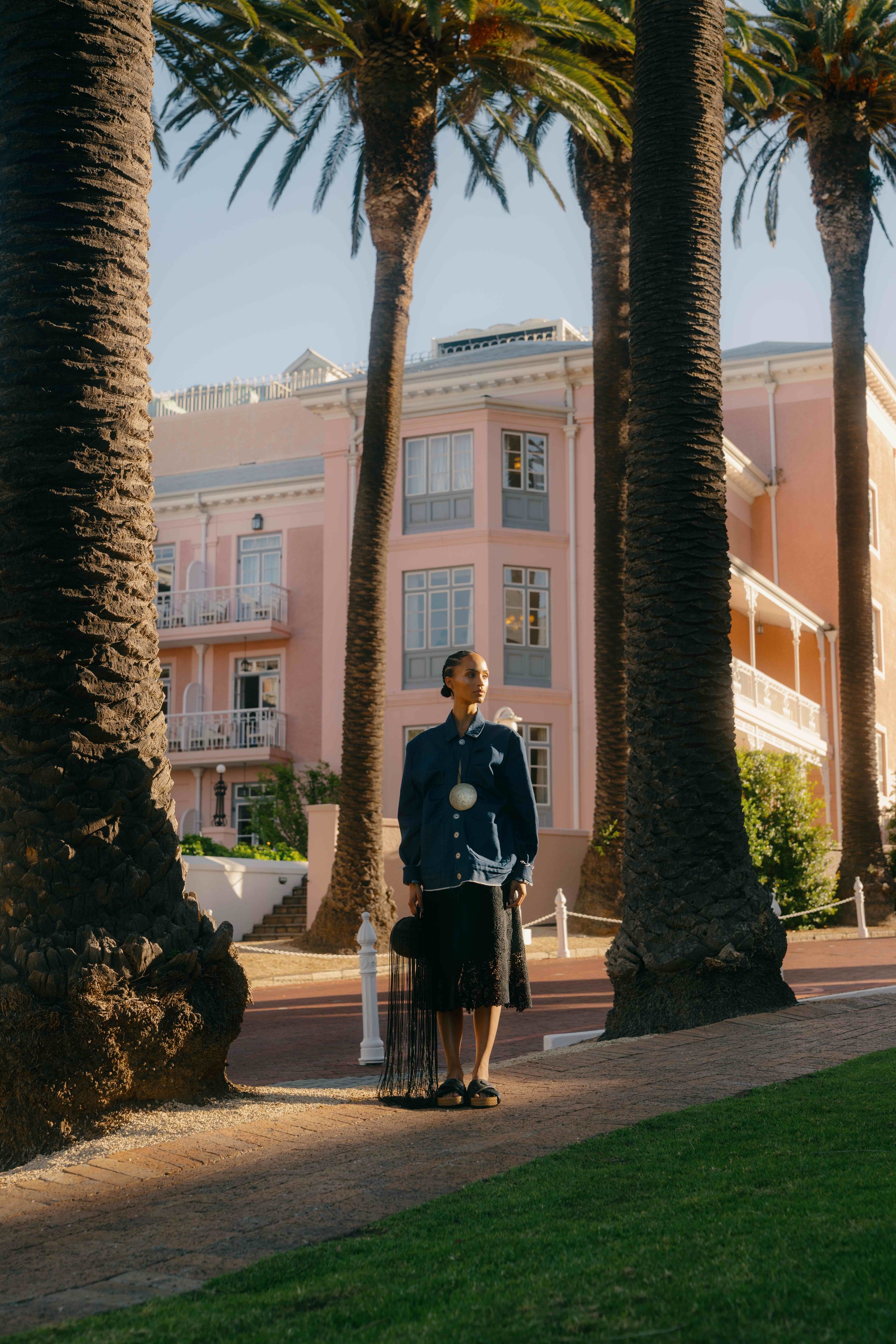
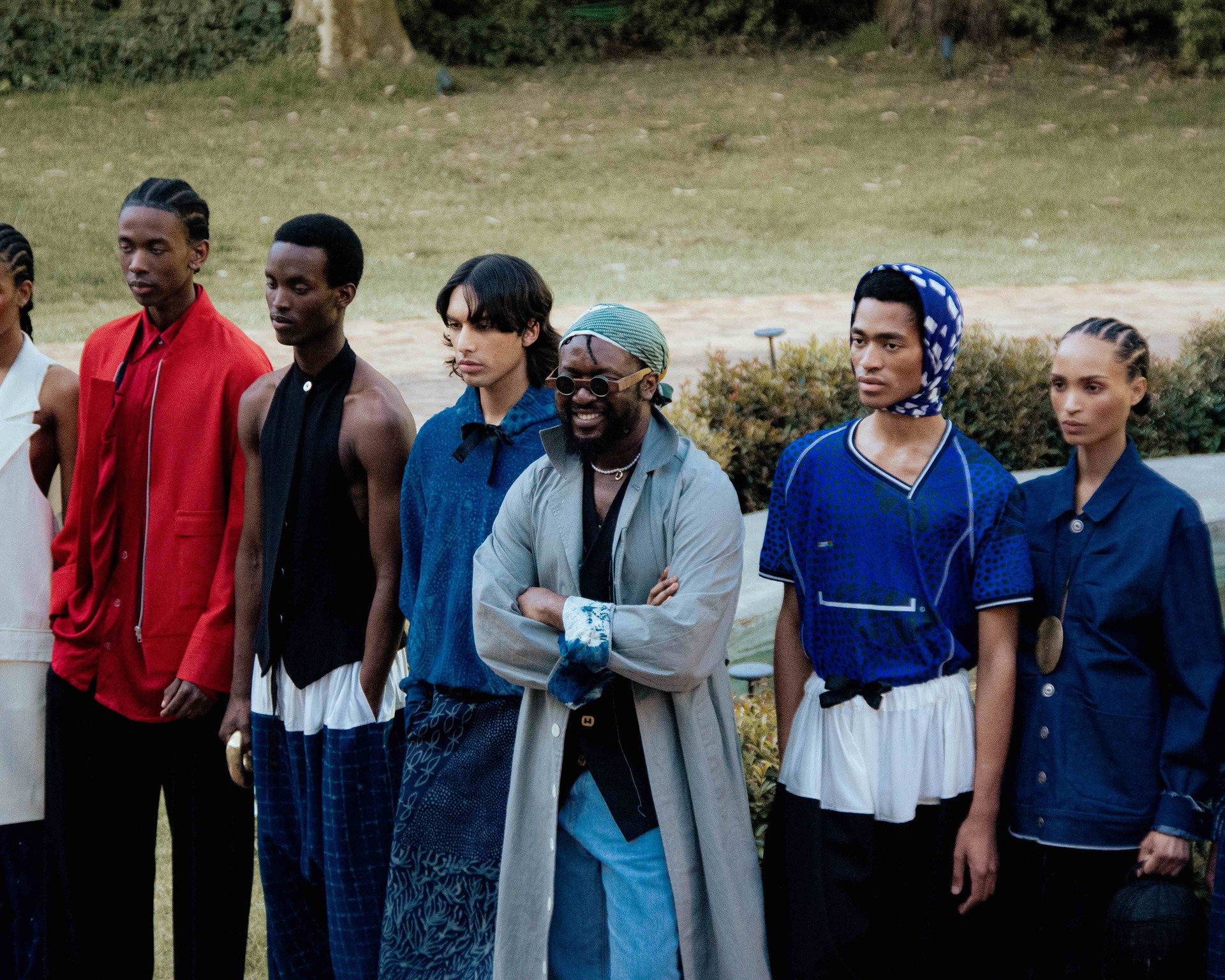
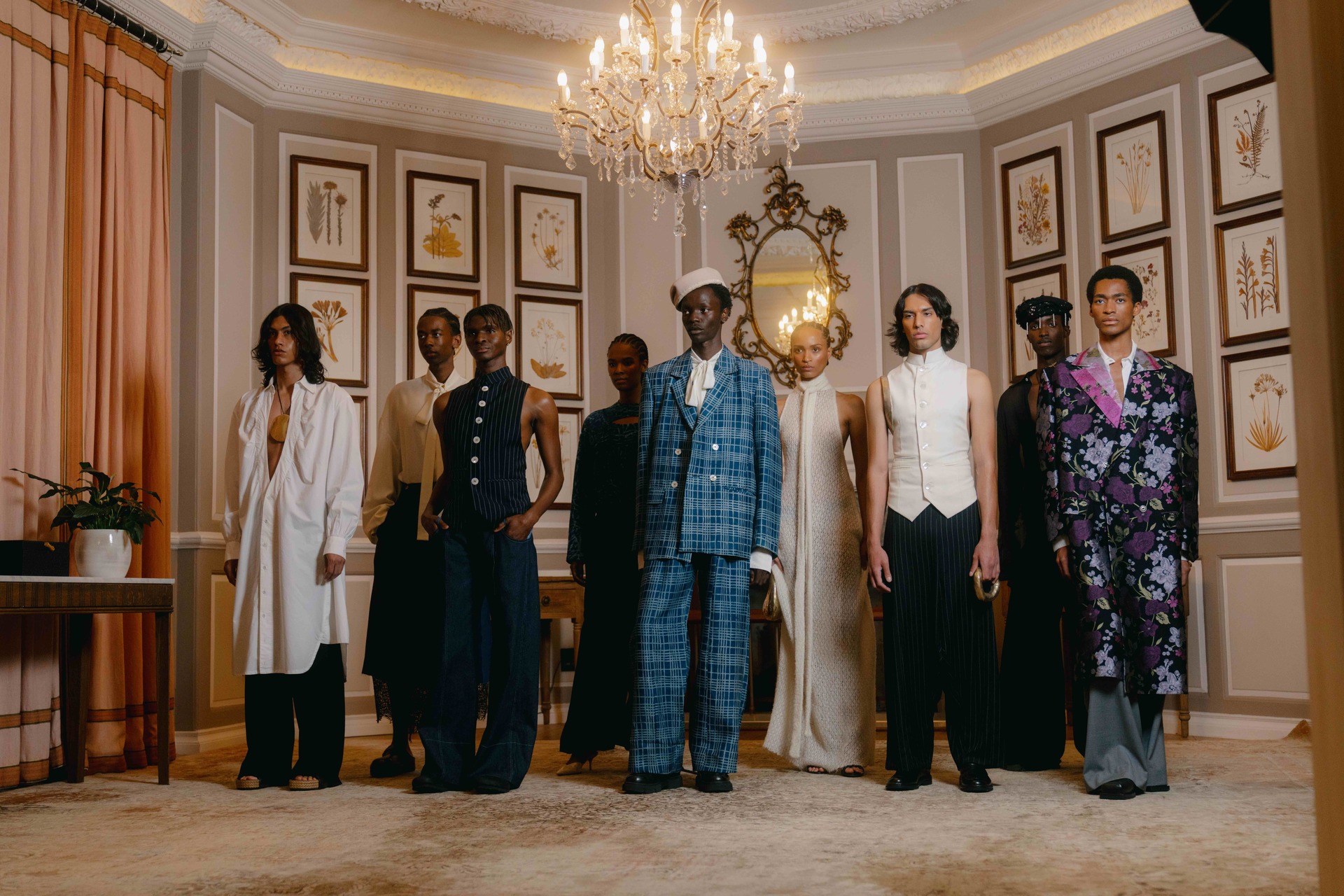
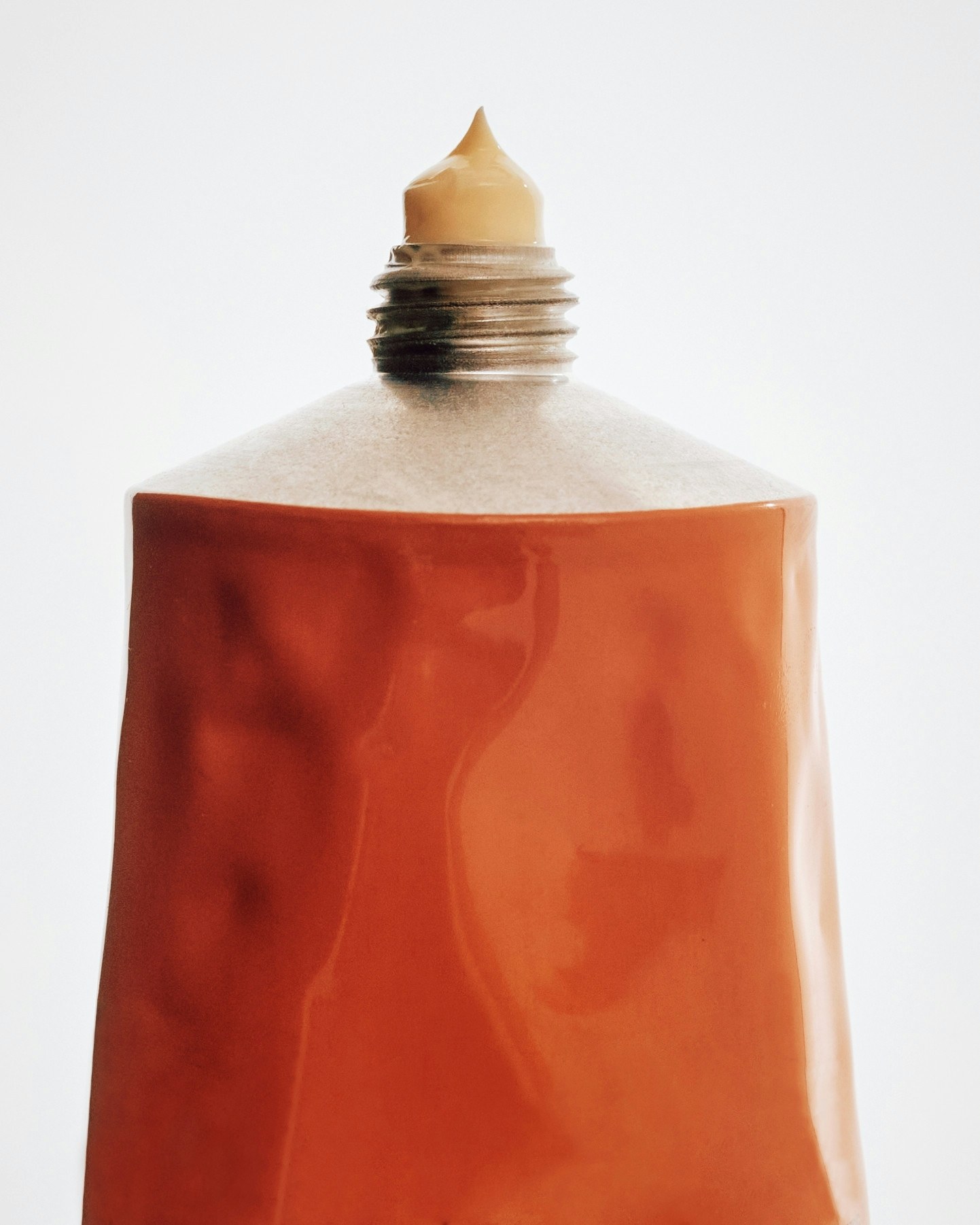



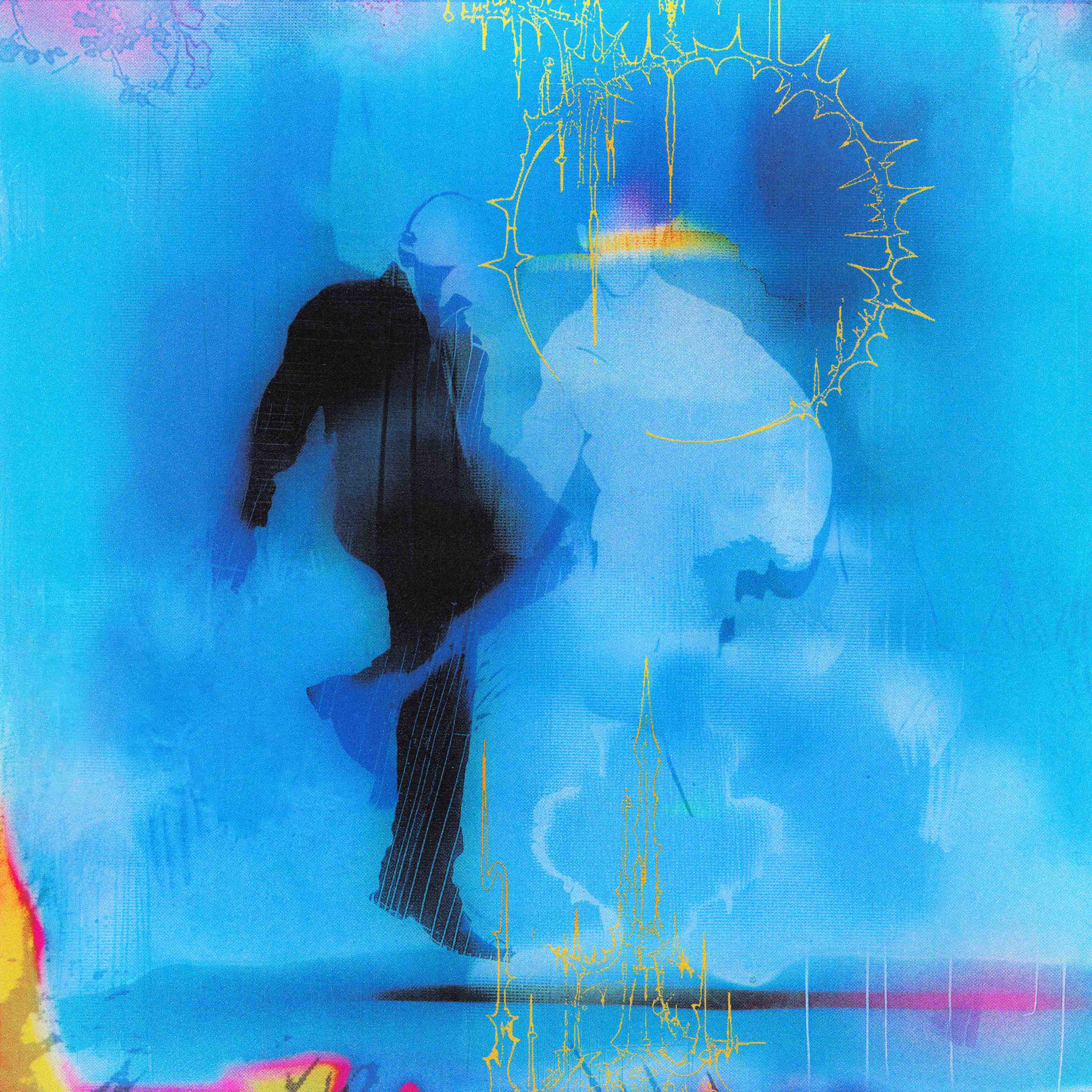


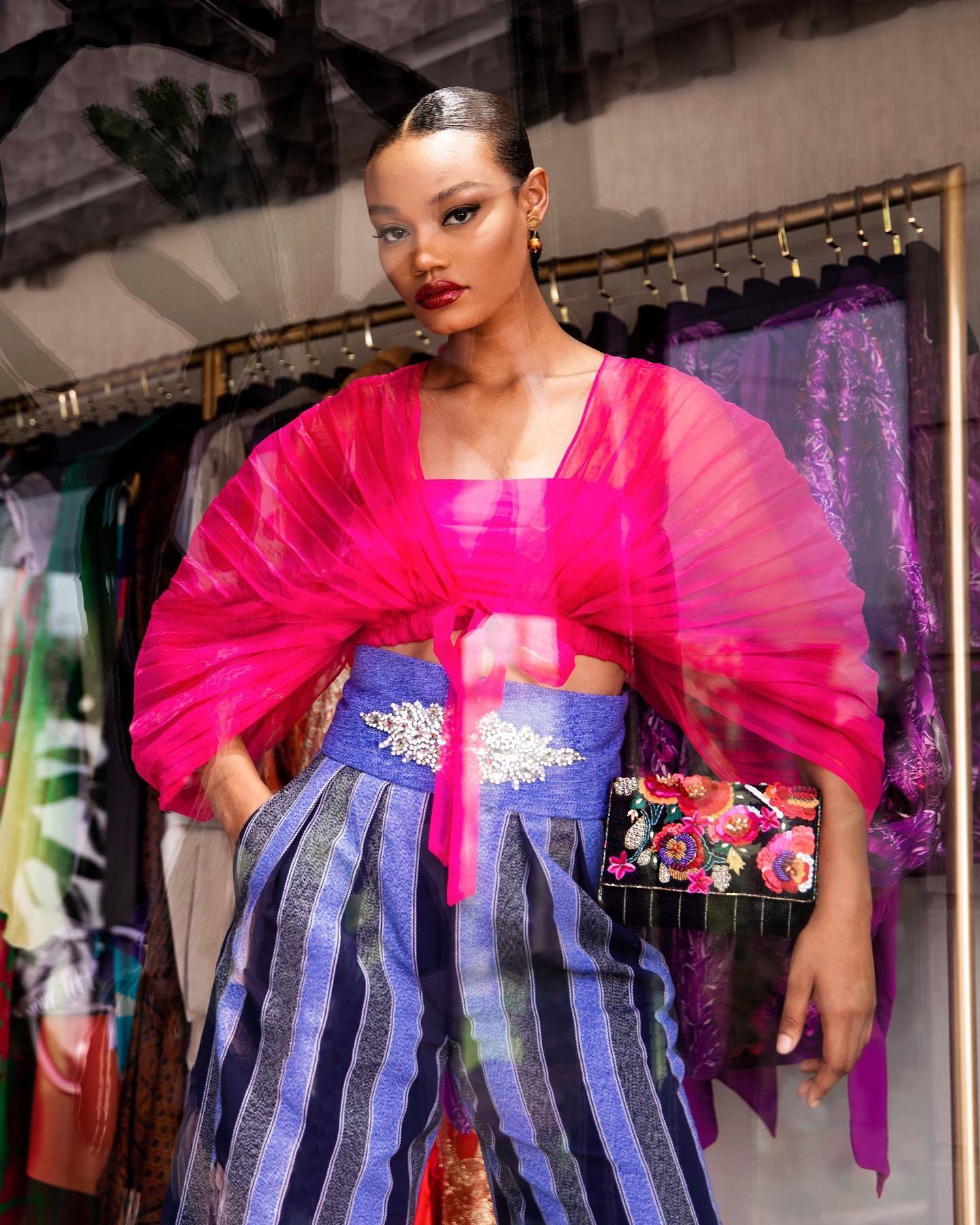

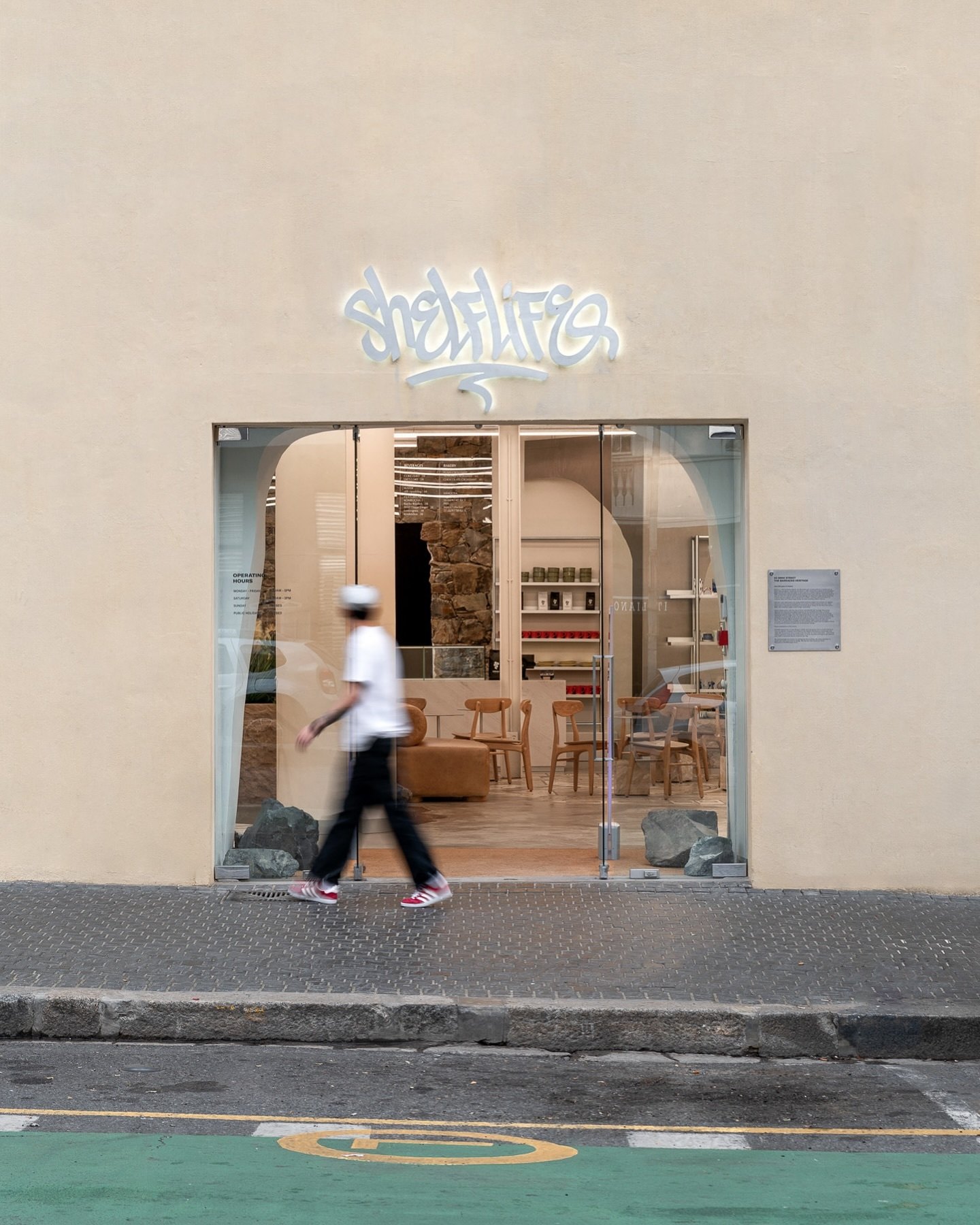
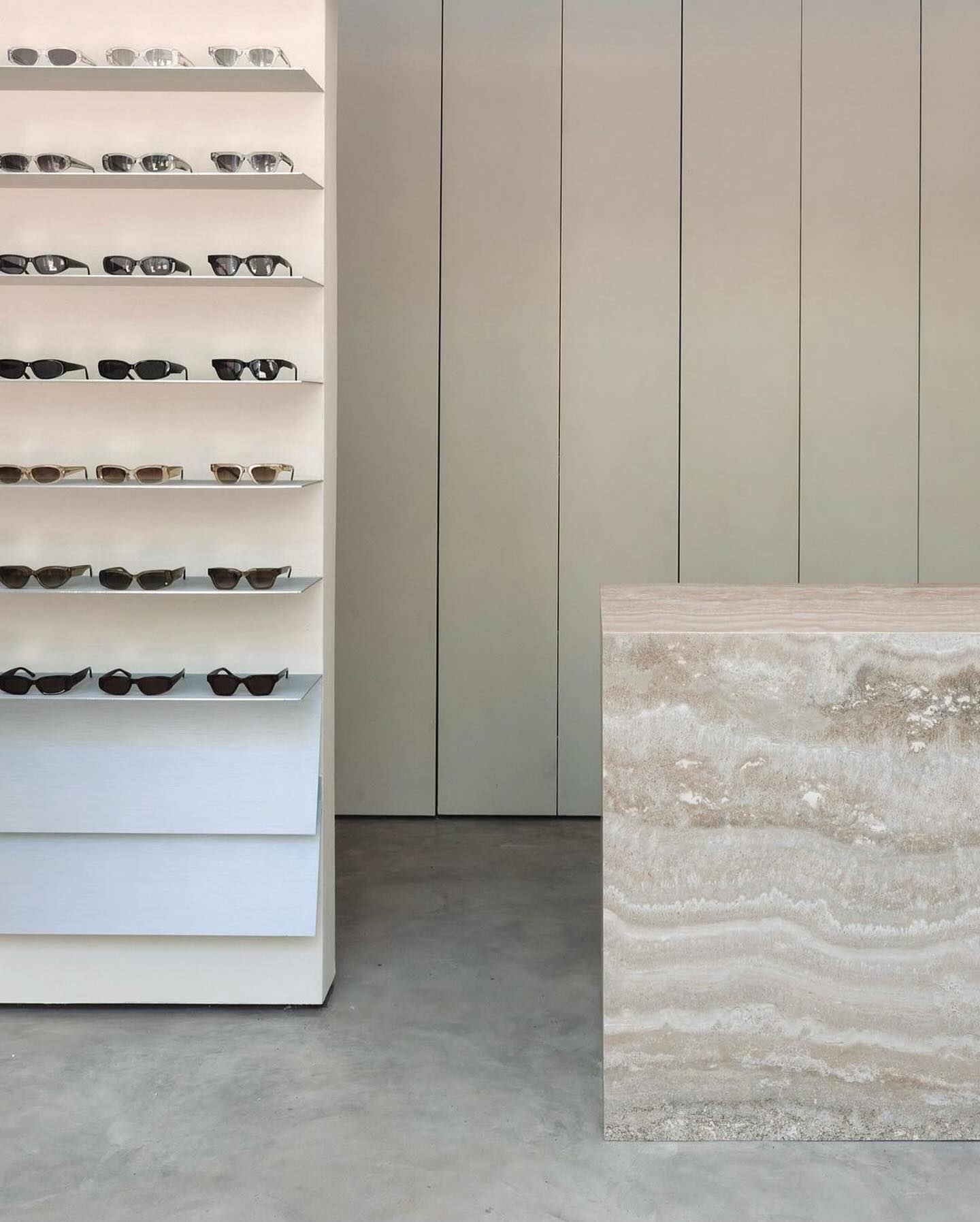

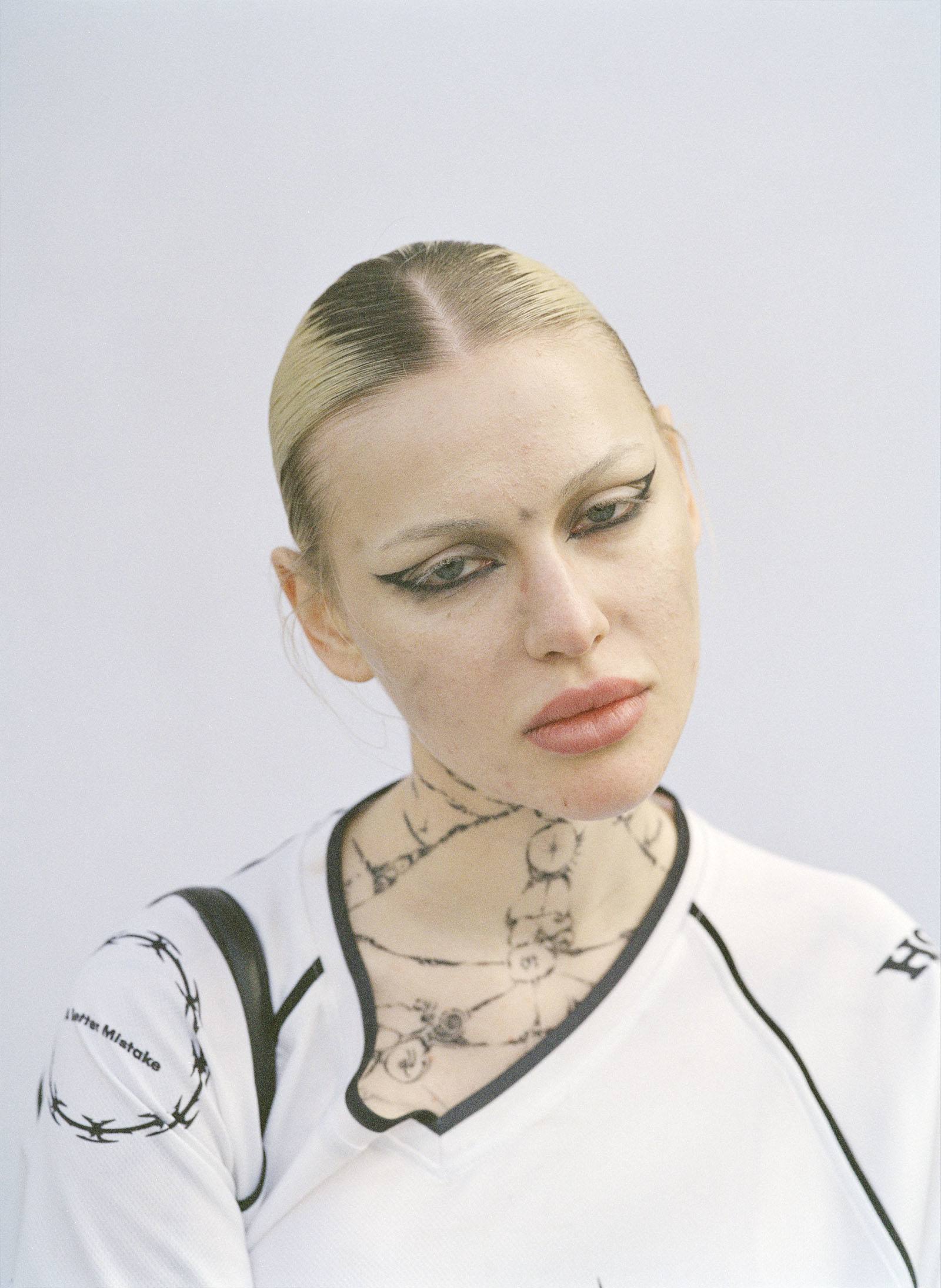
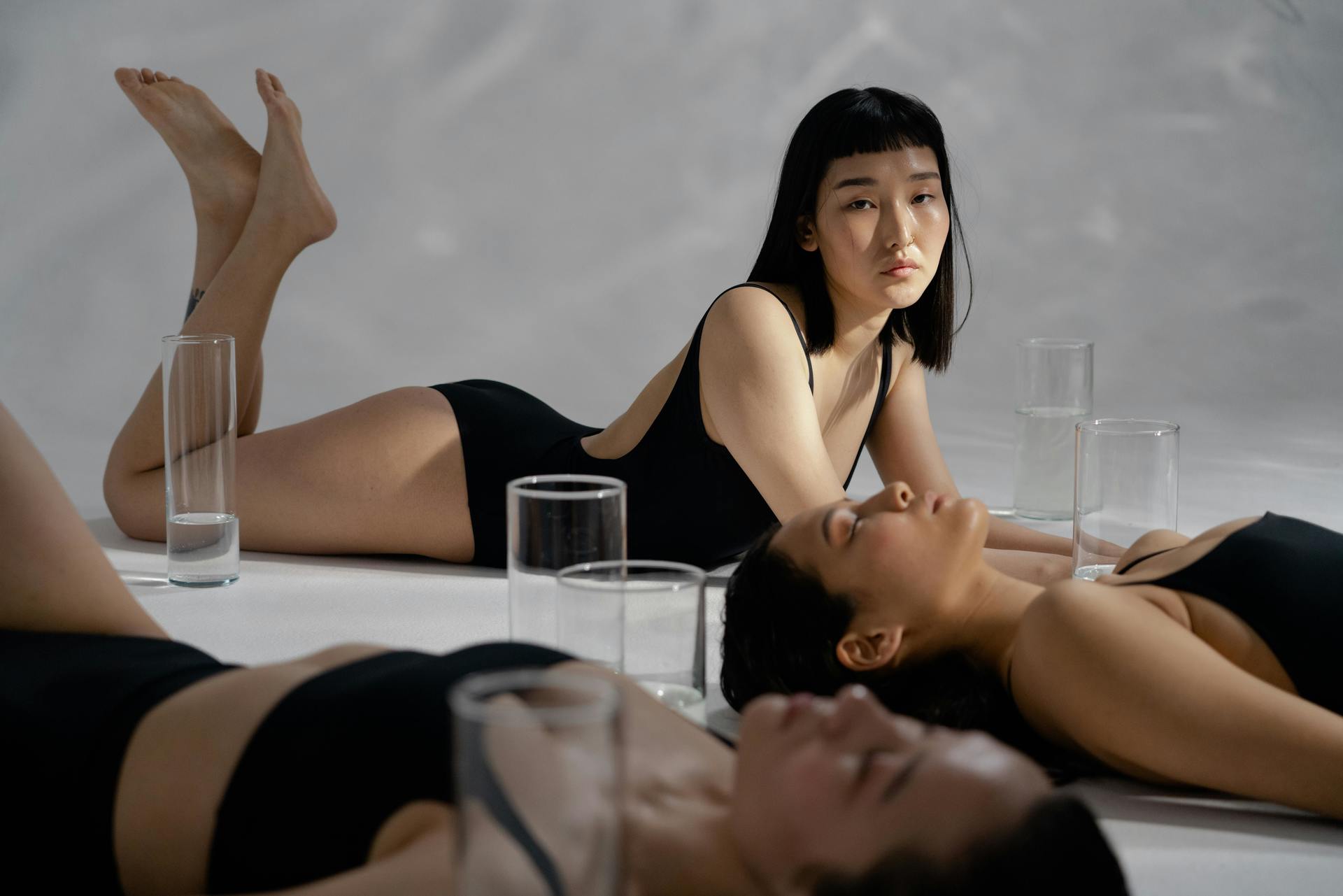

Recent Comments